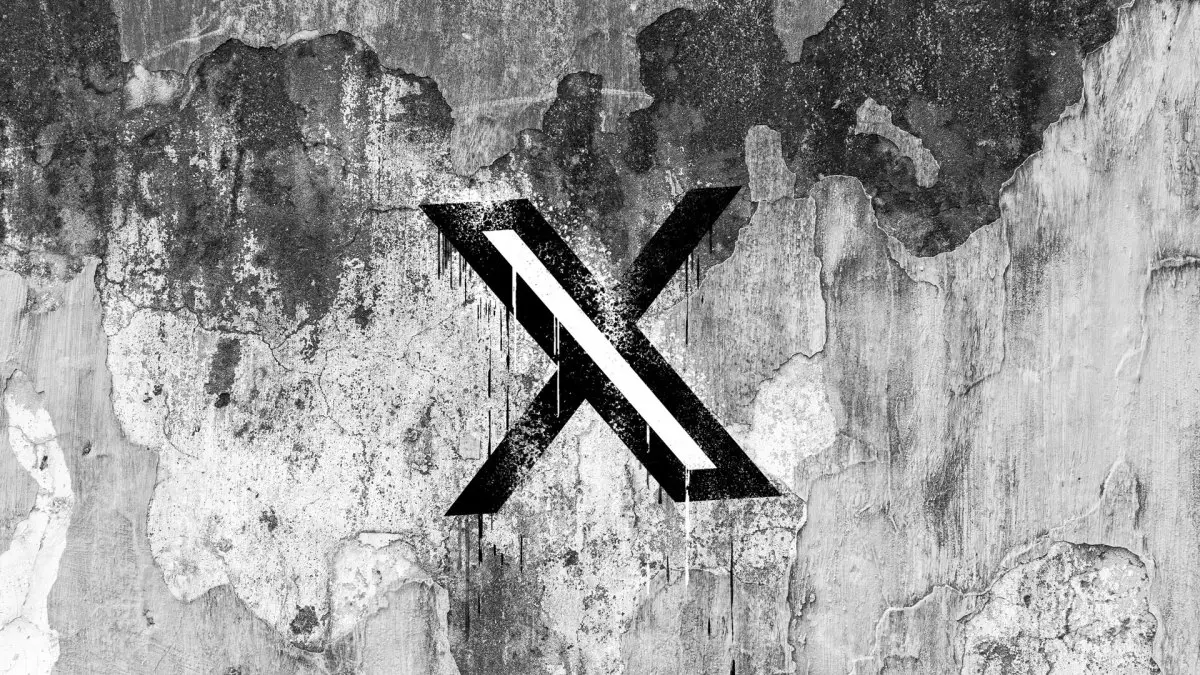X has recently introduced a contentious update to its block feature, stirring significant backlash from its user base. The revision allows blocked users to view public posts from the individuals who have chosen to restrict them, igniting concerns about privacy and user safety. Critics argue that this change undermines the very essence of what it means to “block” someone on social media—a tool traditionally used to maintain personal boundaries and protect against unwanted attention.
With the updated feature, while blocked users cannot directly engage with posts or send messages to the individuals who have restricted them, the ability to view their public posts creates a precarious situation. The revised block functionality seems to promote the idea of transparency; however, it does so at the potential cost of the psychological safety and comfort of users.
The rationale offered by X for this updated block feature centers on transparency. The company suggests that the block feature can be usurped to share harmful or private information, thereby necessitating a broader audience to mitigate misuse. But this argument appears to falter under scrutiny. Users have the option to set their profiles to private, rendering their posts invisible to blocked individuals. By allowing blocked users access to public content, X is seemingly opening doors not only for voyeurism but also for harassment and unwanted scrutiny.
Moreover, many argue that while the intention may lean towards fostering an atmosphere of openness, the reality is that it could facilitate stalking behaviors and contribute to a toxic online environment. With mental health increasingly being a focal point in discussions surrounding social media use, the precarious balance between transparency and safety raises urgent questions.
Community reactions to this shift have been overwhelmingly critical. Users are expressing alarm at the potential for an increase in stalking and harassment, emphasizing that the new protocol offers a troubling loophole for those seeking to exploit it. Notable figures in the tech and advocacy landscape, such as software engineer Tracy Chou, have voiced their concerns. Chou has created an application that helps users automate the blocking process, highlighting that while people can still circumvent barriers by creating secondary accounts, any added friction is essential for user protection.
Chou’s statement, “Making it easy for the creeper to creep is not a good thing,” succinctly encapsulates the worry that this update could embolden those with malicious intent. This sentiment resonates with a large segment of the user population who view the change as a major step backward in terms of user safety.
As X navigates these complex waters, it is imperative to rethink the role of blocking features within social networks. While the desire for transparency and open communication is admirable, it should not overshadow the importance of individual user safety and control. This latest update serves as a pivotal moment for X to reconsider its approach, keeping the voices of its community at the forefront of its decision-making processes.
The uproar surrounding X’s block feature update underscores the delicate balance between privacy and transparency in digital spaces. Ultimately, any social platform’s priority should be to create a safe and supportive environment, where users feel empowered to define their own boundaries without fear of reprisal or harassment. It remains to be seen how X will respond to the very real concerns raised by its users in relation to this controversial update.

